Gemstone Extravaganza: Unveiling the Beauty of Pearls and More

Have you ever walked into a store that sells jewelry and been wowed by the gorgeousness of gemstones?
As someone who adores everything fancy and is an official expert on jewelry, I have spent hours exploring the captivating world of precious stones.
Today, I am very excited to explain the beautifully magical story behind one of the most popular gems: pearls.
With their glowing charm and timeless sophistication, pearls have not been new in stealing hearts over centuries.
From natural colors that dazzle as much as those in a rainbow to shapes that are always unlike any other stone ever created in nature, they really are Mother Nature's work of art.
But this isn't just about pearls – we're doing a whole gemstone extravaganza!
Join me as we explore seven well-known gems that deserve equal attention besides pearls for many more reasons than their beauty alone: diamonds – so sparkly!
Spinel – red hot! Sapphires – fit for royalty! And four others are equally deserving, too.
Pearls
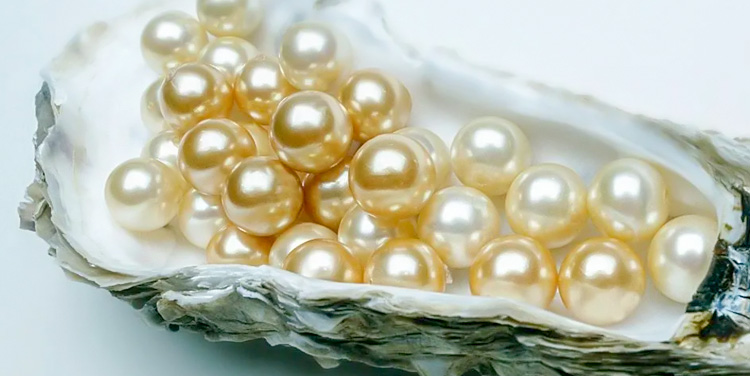
For centuries, people have adored pearls because they are beautiful and belong at any time.
Oysters, mussels, and other mollusks create these natural jewels by coating irritants that invade their shells with nacre.
Pearls are so ancient that we can find them referenced in the writing of the Greeks, Romans, and Chinese.
From tiny seed pearls to big baroque ones, one of a pearl's appeals is how much size variety there is.
Color range is another plus; while white and cream are most common, these organic gems can also be black or shades of iridescent pink or lavender.
The inner glow possessed by a pearl – its luster – is perhaps what makes it seem so enchanting.
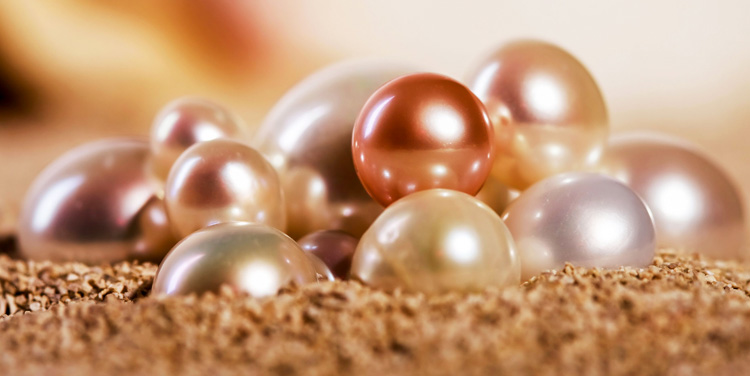
Given all this versatility, it should come as no shocker that pearls crop up in various forms of jewelry, including earrings, necklaces (single-strand-over-coloured-shirt styles to multi-strand Hollywood glamour strings), bracelets, or indeed even rings or brooches.
Pearls also play a customary role on many wedding days thanks to associations with love and purity.
Tanzanite
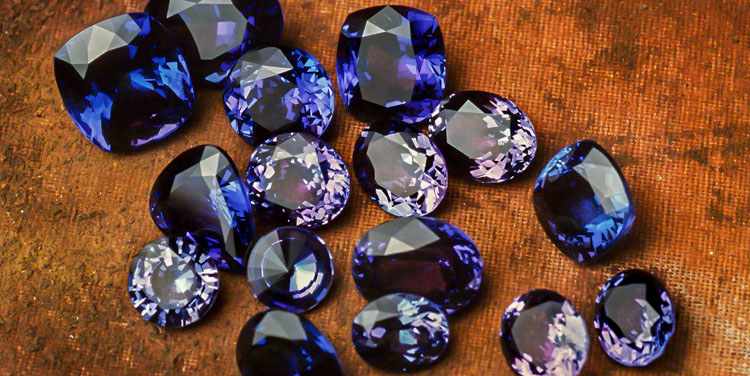
Africa's most beautiful gemstone, tanzanite, has an intriguing history and an air of mystery.
This captivating stone is the color of a deep blue-purple and was discovered by chance in Merelani, Tanzania, by a Maasai tribesman in 1967.
Tanzanite quickly became popular because of its striking colors and clarity, as well as its versatility when cutting.
Tanzanite belongs to the zoisite mineral species and has a hardness ranging from 6-7 on the Mohs scale – making it reasonably durable.
The primary deposits are found exclusively within the Merelani Hills region, located in northern Tanzania.
The hues range from deep blue to rich purple. Vibrant shades such as azure or deep violet-blue are highly sought-after.
When assessing tanzanite's worth, three main factors come into play: color, clarity, and cut.
Dealers place a high premium on deep purple-blue stones. Paler shades have become more common over time.
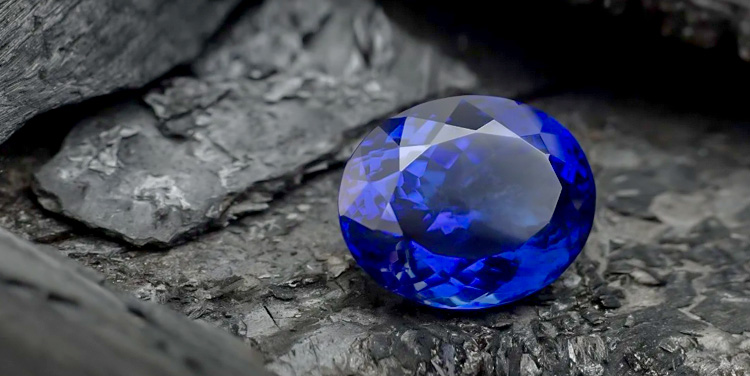
In nature, unheated material appears brownish.
Heat treatment easily converts these gems into vibrant blues.
Purity also matters: stones without visible flaws tend to command higher prices at the retail level.
Cutting technique is another important consideration; it will greatly affect both appearance and profitability for jewelers.
Carat weight plays a role, too: larger tanzanites above five carats tend to show off all those beguiling blues with greater impact!
Spinel
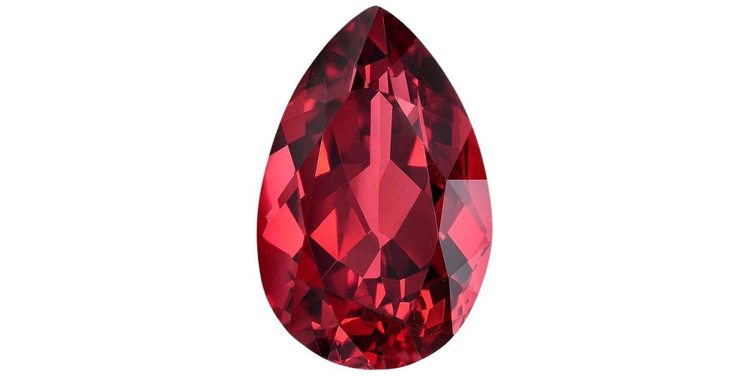
If you mention the word spinel to a layperson, you'll likely get a blank stare.
But among those in the know, spinel is considered one of nature's most spectacular gemstones – so much so that it can rival sapphire and ruby for color and completeness.
For centuries, red spinel was mistaken for ruby because they look alike and are found together in many locations.
They also have similar hardnesses on the Mohs scale (spinel eight and ruby 9), but their chemical compositions are different.
It occurs as octahedral crystals that are well-formed but typically too small to fit into designs other than rounds or ovals.
A few decades ago, such stones were common in Sri Lanka (Ceylon), Myanmar (Burma), and Vietnam.
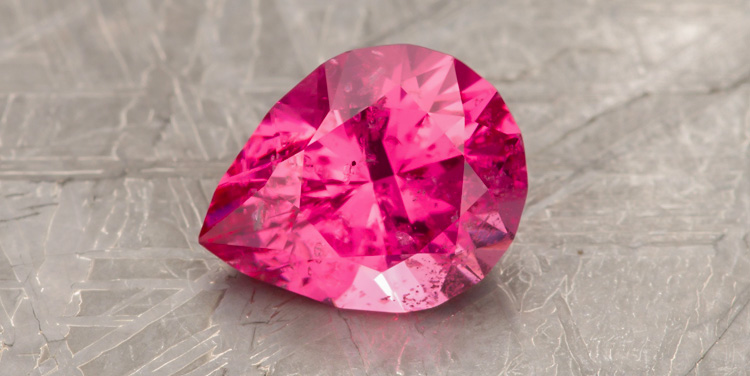
Since then, large-scale mining has ceased or slowed dramatically in those countries.
Today's supply comes mostly from Tajikistan ("balas rubies"), Pakistan ("cobalt" spinels), Tanzania ("twilight" spinels), and Madagascar (various fancy colors).
The classic most-valuable colors for spinel are bright reds – sometimes called "flamingo," "hot pink," or "stoplight" — plus crimson-saturated purples with blue overtones resembling sapphire-lightened rubies.
Black spinels also possess tremendous allure all their own because they're shiny like diamonds yet opaque.
Color is by far the most important quality factor for this popular alternative engagement ring choice, seconded by whether there are eye-visible clarity characteristics that might impact value from closer than about eight inches away.
Because of its crystal structure, this miner's stone is frequently cut into oval and cushion shapes to maximize brilliance.
Anything above 5 carats in size, for example, is considered quite big; anything clean (no eye-visible inclusions) is extremely rare.
Amethyst
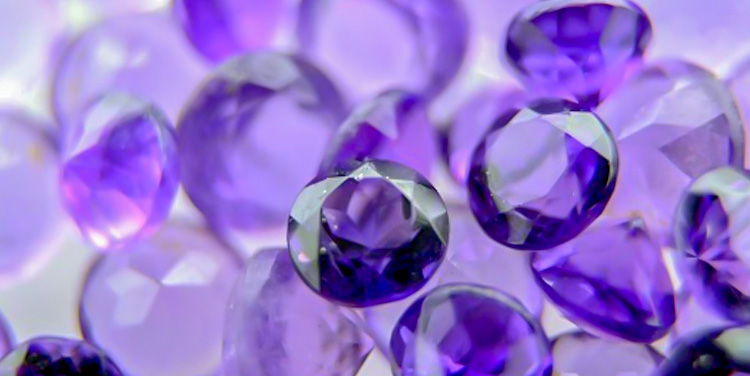
For centuries now, amethyst, a gemstone of a stunning appearance and purple color, has held a rich historical background.
This remarkable gem has been cherished among many cultures throughout history for its attractive look and extraordinary qualities.
Its use as an amethyst was believed in classical Greece and Rome to prevent drunkenness and facilitate sober thinking.
It was considered a luxury for the higher class and was put into expensive jewelry pieces.
Amethysts can come in different sizes, starting from a few carats up to very large ones.
The distribution is such that smaller sizes are commonest, and larger ones are much rarer and hence more prized.
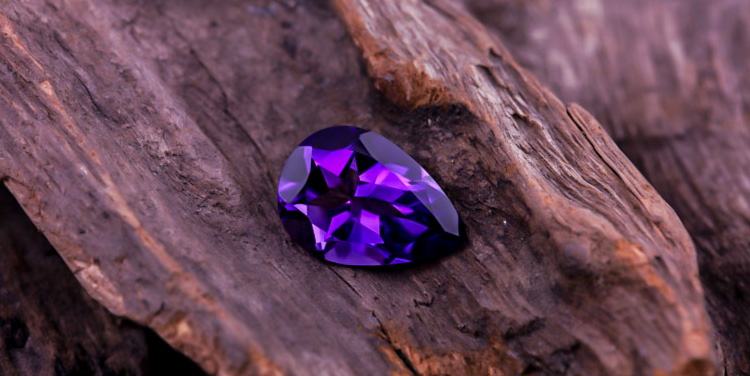
It is the color of amethyst that makes it unique among other gems.
The purple shades of amethyst vary in hue: pale lilac through to deep violet, depending upon the level and purity of color saturation.
Bright royal purple shades characterize the most valuable ones.
This gem has a vitreous luster, which causes the mineral to gleam after being cut and polished by professionals.
Its transparency ranges from translucent to transparent, allowing light to pass through, thus increasing its attraction.
The amethyst is available in different sizes that can fit into various jewelry types.
Although smaller stones are commonly found in accessories or multicolored patterns, larger amethysts create eye-catching focal points for rings and necklaces.
Sapphire
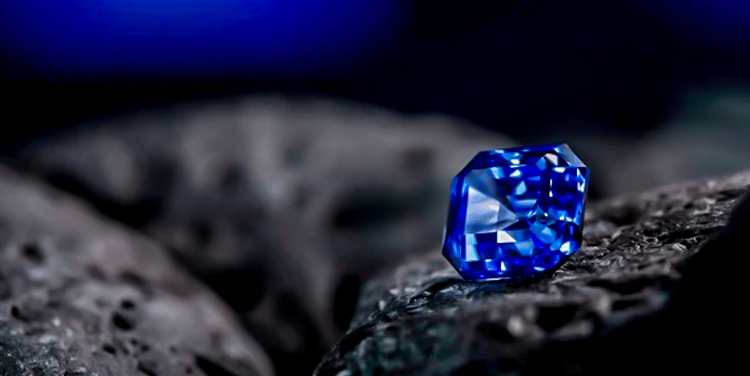
Sapphire, the striking blue gemstone, has an ageless charm and a rich past.
Appreciated across centuries for its loveliness and symbolism, it is believed to be named from the Greek sappheiros or Latin sapphires, both meaning blue.
Though deep blues are usually what spring to mind when you think of sapphires, they come in other shades too: yellow, pink, and green, as well as colorless (white sapphires).
The intensity of the color affects how much it is worth.
Sapphire ranks nine on the Mohs Scale – second only to diamond – so it's robust enough for everyday wear.
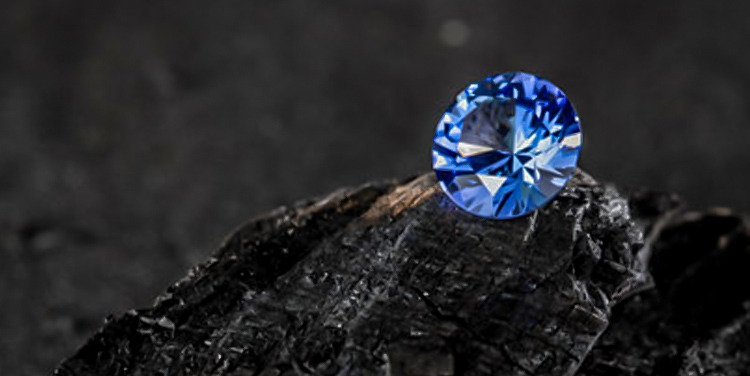
As well as their varied colors, one reason people prize sapphires is that they have such luster.
If cut and polished properly, they can give off a brilliant light.
They range in size from small accent stones in jewelry to major pieces.
Some record-breaking specimens that are unusually large have been found.
Sapphire's connotations include wisdom (spiritual leaders wore it), royalty (it adorned crowns), and protection.
It was also said by some ancient writers to have powers that could bring inner peace or clear thinking.
Emerald
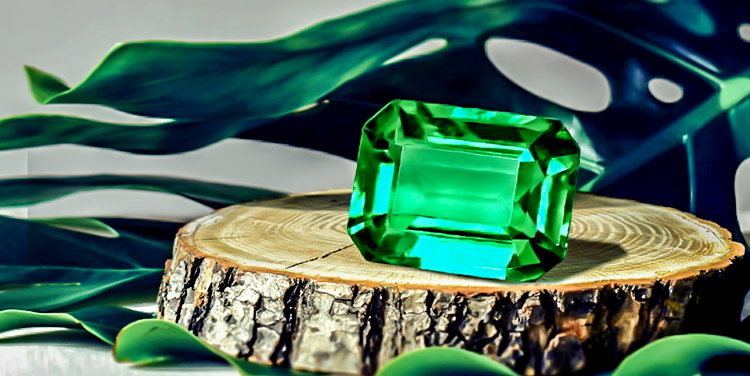
A captivating green gemstone with a rich, centuries-old history, the emerald has been cherished throughout the ages for its vibrant hue.
Emeralds have been loved since ancient times; the oldest known emerald mines date back at least 2,000 BCE in Egypt, where pharaohs had an affinity for them and were even buried with them as symbols of eternal youth.
Emeralds are beryl gemstones that get their distinctive green color from trace amounts of chromium and vanadium.
They're revered for their deep greens—from verdant grassy hues to intense forest shades—and display a vitreous to oily luster that gives them a magnificent glow.
When it comes to size, emeralds can vary dramatically—a great deal more than most other gems.
Small stones are common, but larger ones over a few carats are rare and valuable. The largest known specimen weighs an astonishing 1.38 kg!
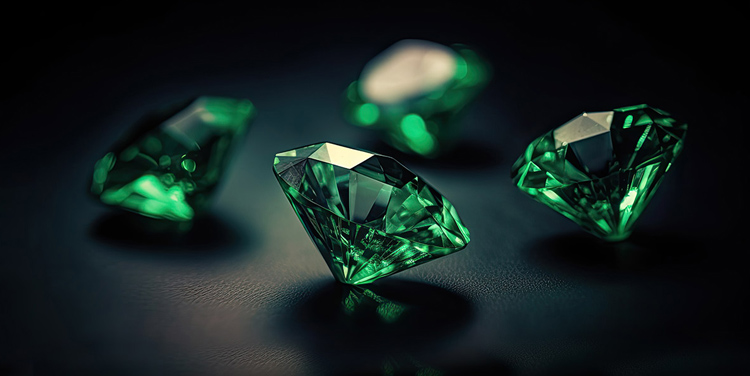
The clarity characteristics within individual stones are important when grading emeralds, too.
Unlike diamonds or sapphires (which prioritize clarity), natural emeralds often contain visible inclusions—affectionately referred to as "jardin," which is French for garden—for the moss-like pattern they create within the stone itself.
Far from being seen as negative attributes, these characteristics add to the individuality and charm each stone possesses.
Whether set into intricate jewelry or admired unmounted (in raw form), there's simply no denying that emerald continues to capture hearts worldwide via its lush color along with an enchanting history stretching back millennia.
Diamonds
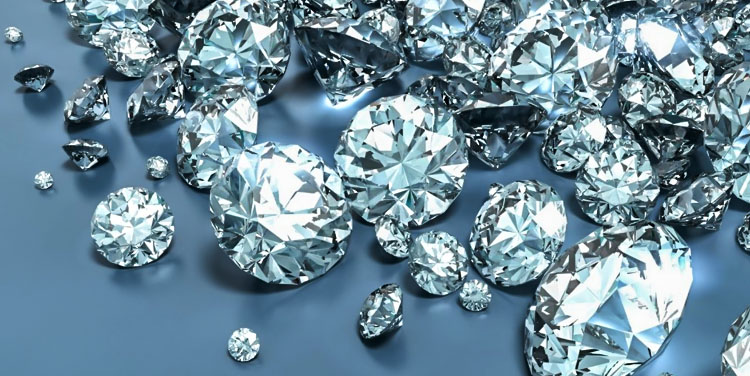
Diamonds, the embodiment of grace and luxury, boast an extensive history stretching back thousands of years.
These coveted gems captivated ancient societies for their scarcity and unrivaled sparkle, and they continue to delight us with their ageless beauty.
Born in the Earth's mantle under extreme heat and pressure, diamonds are truly nature's masterpiece.
Their unique atomic structure makes them incredibly hard – they're the toughest known substance on Earth.
Size-wise, diamonds come in all manners, from tiny chips to precious gemstones weighing carats (the unit by which a diamond is measured).
The more carats a diamond weighs, the larger it tends to be – and this can make it rarer and pricier, too.
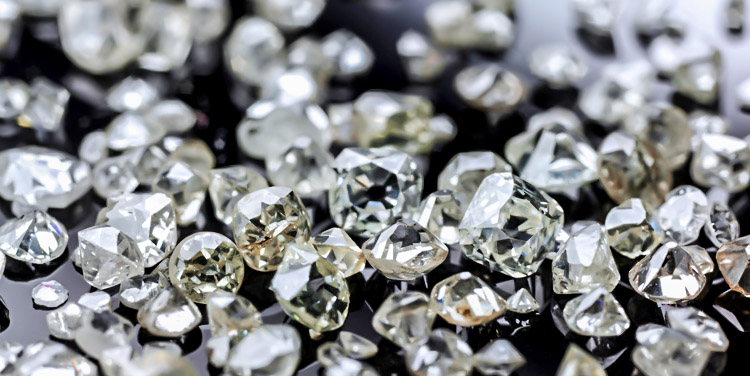
Colour-wise, diamonds run from entirely colorless varieties to fancy-colored stones that might be pink, yellow, blue, or green.
In white diamonds especially, no color is highly prized as it allows maximum light reflection and sparkle.
A diamond's luster is unmatched: its ability to reflect light gives it an eye-catching shine adored around the world.
Cut plays a vital part here: well-cut diamonds maximize brilliance (brightness) as well as fire (color).
As well as being physically impressive, diamonds possess powerful symbolic values: love, commitment, and rare beauty.
Whether found in engagement rings or other exquisite jewelry items such as necklaces or earrings all over the globe today, diamonds are deemed treasures capable of standing up against time.
Bottom Line
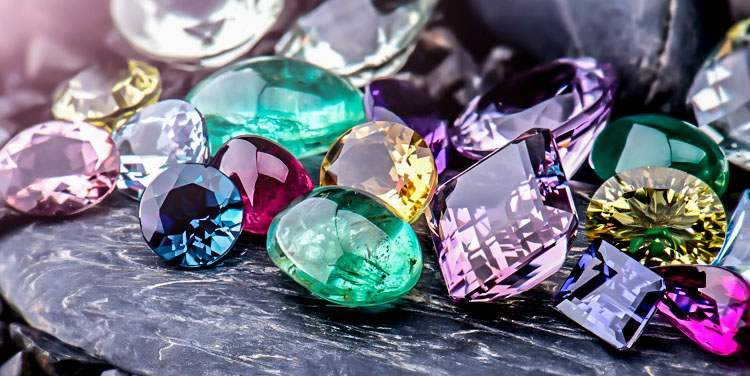
Enter the magical realm of gemstones full of uncovered attractiveness.
The depth of spinel and the sparkling diamond – every gemstone is a unique work of art. However, there is also nothing comparable to pearls' gentle glow and amethysts.
Brace yourself to explore one of the most captivating chapters in the history of this planet: pirates, myths, and stolen artifacts…each gem has something special to say about it!
So get set for some sophistication, passion, and vibrancy – because once you know what these gems are like, you won't stop.


Leave a Comment